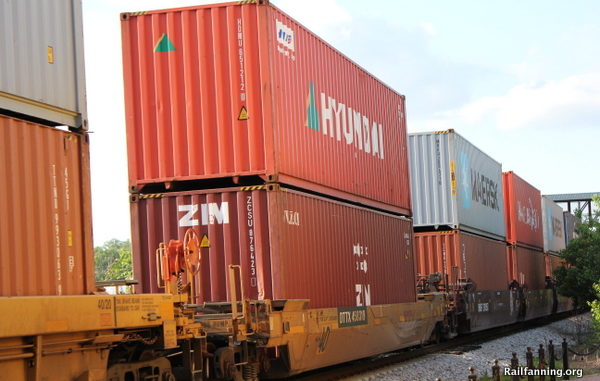
A strong and robust freight rail network is needed to meet the country’s transforming business challenges head on, Association of American Railroads (AAR) President and CEO, Edward R. Hamberger said this month.
“A healthy and efficient freight rail network is vital to delivering America’s changing economy,” said Hamberger. “America’s railroads are moving more traffic since the recession. Business production and consumer demand are increasing, and rail is playing a bigger part in getting American goods to market.”
During a presentation to the annual RailTrends Conference in New York City, Hamberger noted a number of factors, including that the industry has gone from comparatively light to heavy traffic in a short period of time, something even many shippers did not forecast, along with demand to transport a mix of more commodities, has resulted in the rail industry working hard to address immediate shipping demands, as well as looking at longer-term network adjustments.
“Railroads cannot simply pick-up track and move it from one location to another due to shifting shipping patterns. It takes time and careful network planning,” said Hamberger. “To accommodate the shipping needs of customers, the rail industry has to be flexible, efficient and responsive. This includes railroads spending about $1 billion every two weeks on operational enhancements and hiring thousands of Americans for new jobs.”
In the first 10 months of 2014, the AAR reported total U.S. carload plus intermodal volume was 24.3 million units, up 4.5 percent over the same period last year and the highest year-to-date total since 2007. October 2014 was the best month in history for U.S. rail intermodal traffic and was up 5.5 percent over 2013.
Fifteen of the 20 carload commodity categories tracked by the AAR each month saw year-over-year carload increases in October.

